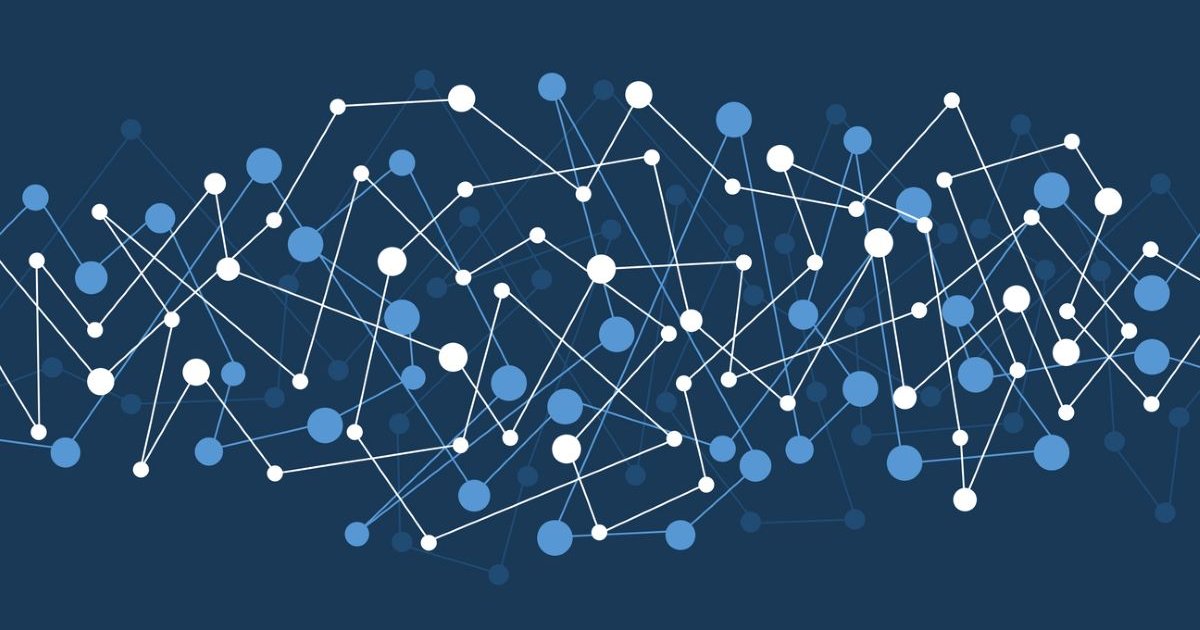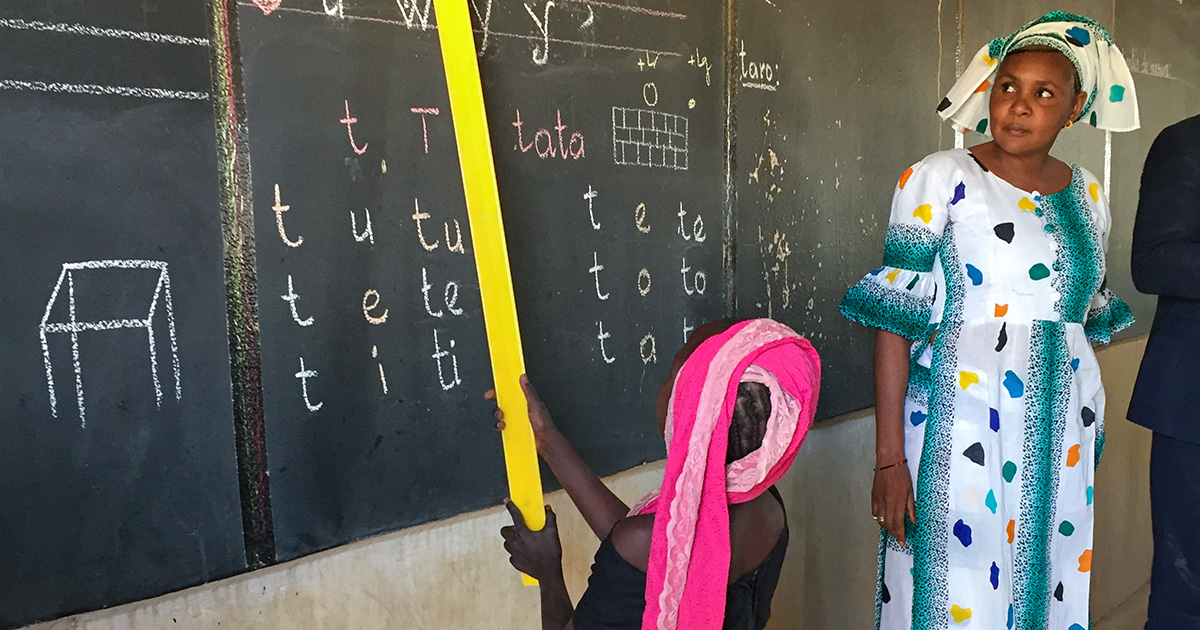Theories of change (TOCs) are now widely recognized as essential to guide the design and delivery of aid activities. Using technical and contextual insights to articulate a pathway from intervention to impact, while highlighting critical assumptions, is now simply considered good practice. Donors and funders routinely require a TOC as part of early design processes as well. As readers likely know, USAID stipulates that all Program Cycle processes be grounded in a TOC, and its CLA Framework promotes the use of TOCs to support more learning-centered and robust development programming.
At the same time, aid work has become more complex and multi-faceted, comprising varying types of interventions delivered in multiple locations by different types of partners, and targeting diverse stakeholder groups, often involving different actors and several layers of government. Activities are also frequently trying to bring about change in complex settings and environments, and must contend with a diverse range of factors. An evolving or informal political economy context, unpredictable climate conditions, or a changing security situation can all affect an activity’s ability to achieve results, and so activities must deliver interventions that are designed to be flexible and responsive to these changing contexts. It is essential therefore for design teams to begin addressing some of this complexity as they develop a TOC. But how can we do this?
The aid community has proposed a number of approaches and insights for developing a TOC in recent years, including USAID. We hope to further the conversation by offering our own approach to TOC development for complex settings, called the Actor-Based Change (ABC) Framework, that focuses on a crucial element: people. By better understanding people - what they do, what makes them tick, who they influence and are influenced by, and what they need to further their goals - we are far more likely to deliver effective and locally responsive aid programming.
The ABC Framework follows three key components discussed in the sections below: system mapping, understanding behavior change, and designing interventions. They should be followed iteratively, rather than sequentially, and with the close participation of local actors concerned with the development issue.
Who’s who? Mapping the system
Whether working with farmers to apply a new agricultural input, supporting business to adapt to more inclusive business models, or strengthening civil society organizations to be more effective advocates, activities are often focused on working with and supporting local people to do things differently. But often, engaging these actors directly isn’t enough as they are part of a local system. People are influenced and shaped by a range of other actors (their friends, colleagues, supervisors, etc.) and factors (from formal rules and regulations to more informal social and cultural norms) in much more powerful ways than one activity can likely achieve directly. Understanding these influences and working through and between them can lead to more durable impacts.
The first component within the ABC Framework therefore focuses on mapping the key actors in the system and their relationships to one another, teasing out what and who influences whom and how. Who stands to lose or gain if the situation changes? Who holds power and the ability to change the situation? Why?
For example, a typical activity aimed at addressing corruption might invest in offering training on conduct and penalties to local officials, and a few of those officials might be persuaded to act differently. While this hypothetically may reduce corruption in the short term, when the activity ceases its work, the overriding influences on their behavior, perhaps a culture of corruption or patronage within the office, will return. Without a focus on the local system and what gives rise to current behaviors amongst key actors, the activity likely won’t achieve its aims in a sustainable manner. On the other hand, looking at this same aim through a local systems lens would help to identify the other groups who would also need to change their practice to sustain any reduction in corruption in the long term. This could include supporting a local ombudsman that can monitor and act on violations, or encouraging citizens to report corrupt practices through a new online platform.
What makes people tick? Understanding behaviors
We need to go beyond just identifying actors and how they’re connected, however - we also need to understand why they act and interact in the way they do. To help clarify these drivers, ABC’s second component centers on exploring three broad categories (first proposed by Michie et al): capabilities, opportunities and motivations.
- Capabilities refer to the psychological or physical ability to act in a certain way. This might involve knowledge or skills about a particular topic, or one’s ability to persuade others.
- Opportunities are the physical and social environments that enable or inhibit a particular behavior. This could include access to a particular technology or influential decision making forum.
- Motivations are reflective and automatic mechanisms that activate or inhibit a particular behavior - think interests and incentives. This may refer to a belief in oneself to change, or on the other hand, a sense that “everyone is acting in this way, so I should do the same.”
We apply these lenses to the actors identified in order to better understand what is driving their current practices. In order to support changes in those practices, we can think about who or what can influence the capabilities, opportunities, or motivations of those actors, which may surface additional groups and relationships that deepen the system map described above.
To return to our earlier example, a corrupt local official issuing land permits to those willing to pay bribes may have a strong understanding of how to do their job effectively (capability). But they may also be financially motivated or pressured to engage in corruption, and they may have regular opportunities to do so as there is no one confirming whether the permits align with local development plans. Similar analyses could be done to understand the behavioral drivers of land developers, local citizens, and the minister in charge of land management and their aides, among others. By focusing on behaviors and what gives rise to them, an activity trying to address corruption may be better equipped to deal with the root causes.
What can we do? Charting pathways to impact
With a systems map outlined and the drivers of behavior and relationships better understood, an activity using ABC can then turn to the third component: designing interventions focused on shifting the behavioral drivers for each actor group and bringing about the desired change within the local system. Here, we make explicit the detailed steps from activity intervention, to changes in behavioral conditions, and then in turn to changes in behavior for each actor or relationships between actors. This creates causal impact pathways a) from an intervention to actor-level changes, and b) from actor-level changes to the conditions for wider systems change. For example, providing training to a local ombudsman and working with legislators to raise their political profile may reduce opportunities for corruption within the land registry.
Constructing these causal impact pathways also helps in identifying the main risks and assumptions that could prevent the pathway from working. ABC’s focus on identifying actors' capabilities, opportunities and motivations is particularly useful here. It allows us to identify the behavioral conditions for each actor which are not addressed by the intervention, but which must be met for behaviors to sustainably change. For example, perhaps there is no funding available to set up a digital platform for reporting corrupt practices, which may or may not be a necessary condition for addressing corruption. Understanding such a risk at the outset of activity design may stimulate necessary discussions on the approach.
In addition, the impact pathway provides a framework for establishing a robust monitoring, evaluation, and learning (MEL) system to track whether activity interventions are working as intended: whether the target actors are being reached with interventions, and whether being reached with these interventions is leading to the desired actor-level changes. This information, collected on a regular basis, then supports activity adaptation and improvement.
An alphabet for complexity
USAID implementers are already making use of ABC to help understand and act upon key development issues. A recent study by Chemonics and Mathematica applied ABC to understand how to advance educational reforms and teaching practices for foundational literacy to inform future USAID/Liberia programming. The study found that, to enable sustainable changes in teaching practice, a new activity should:
- Improve teacher capabilities through continuing professional development and targeted feedback.
- Create opportunities for applying new practices by supporting an enabling environment, including supporting teacher practice and a culture of excellence.
- Strengthen teacher motivation by supporting their personal well-being and offering progress-driven recognition.
Development is often a complex and challenging business, but it is also fundamentally about people. Identifying the key actors and their relationships, understanding why they do what they do, and thinking seriously about what might enable them to work together differently is one approach to cutting through the noise and focusing on what matters. Your activity’s interventions will be better grounded, better adapted to the local context, honest about what can be achieved, and oriented toward sustainability.
We welcome your feedback on the ABC Framework and would be very happy to help your activity make use of it. Feel free to reach out to us. Additional information about the ABC Framework can be found here, and in the American Journal of Evaluation. The ABC Framework was developed during our time working with Palladium.
This post first appeared on the USAID Learning Lab Blog.






